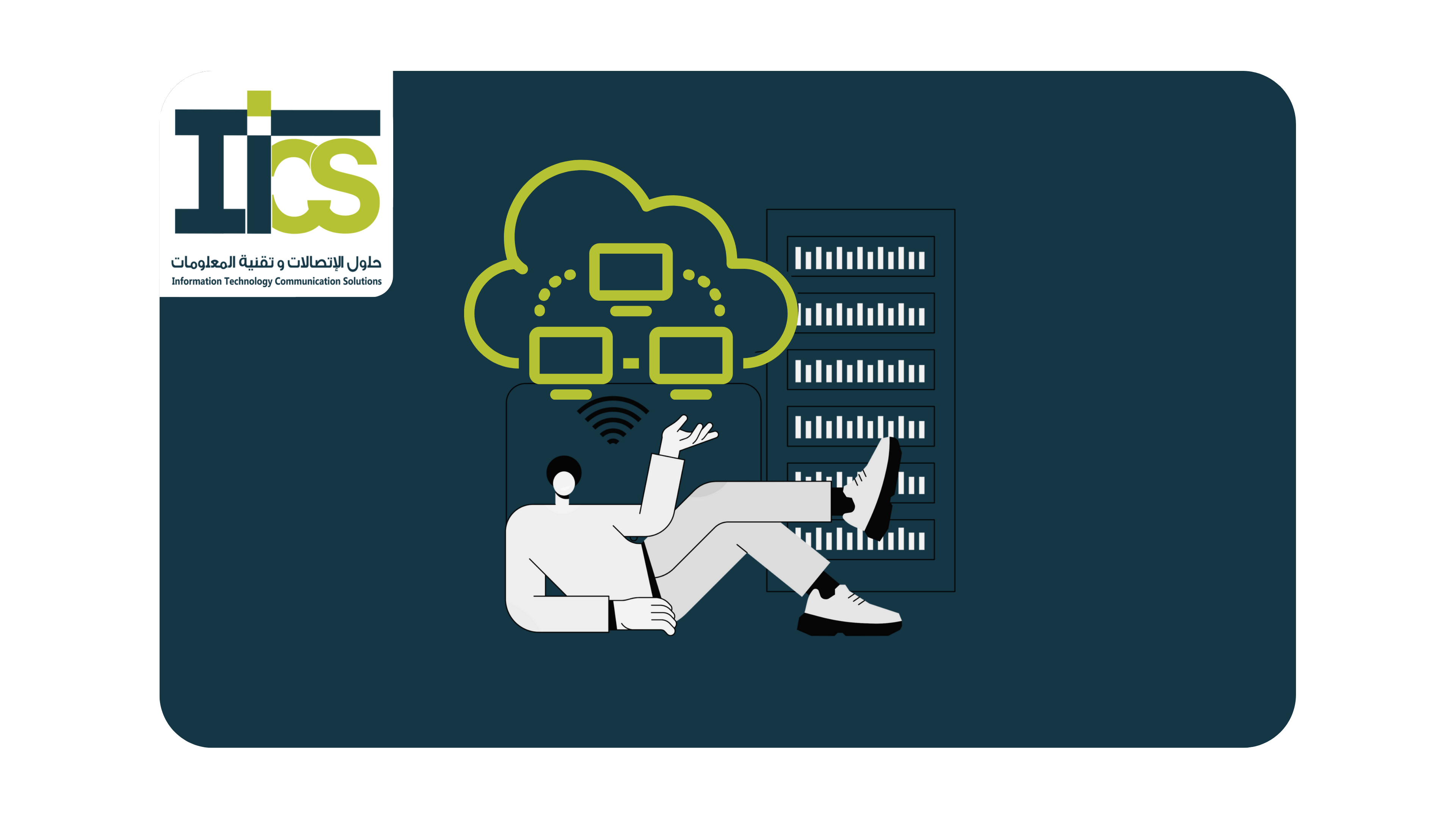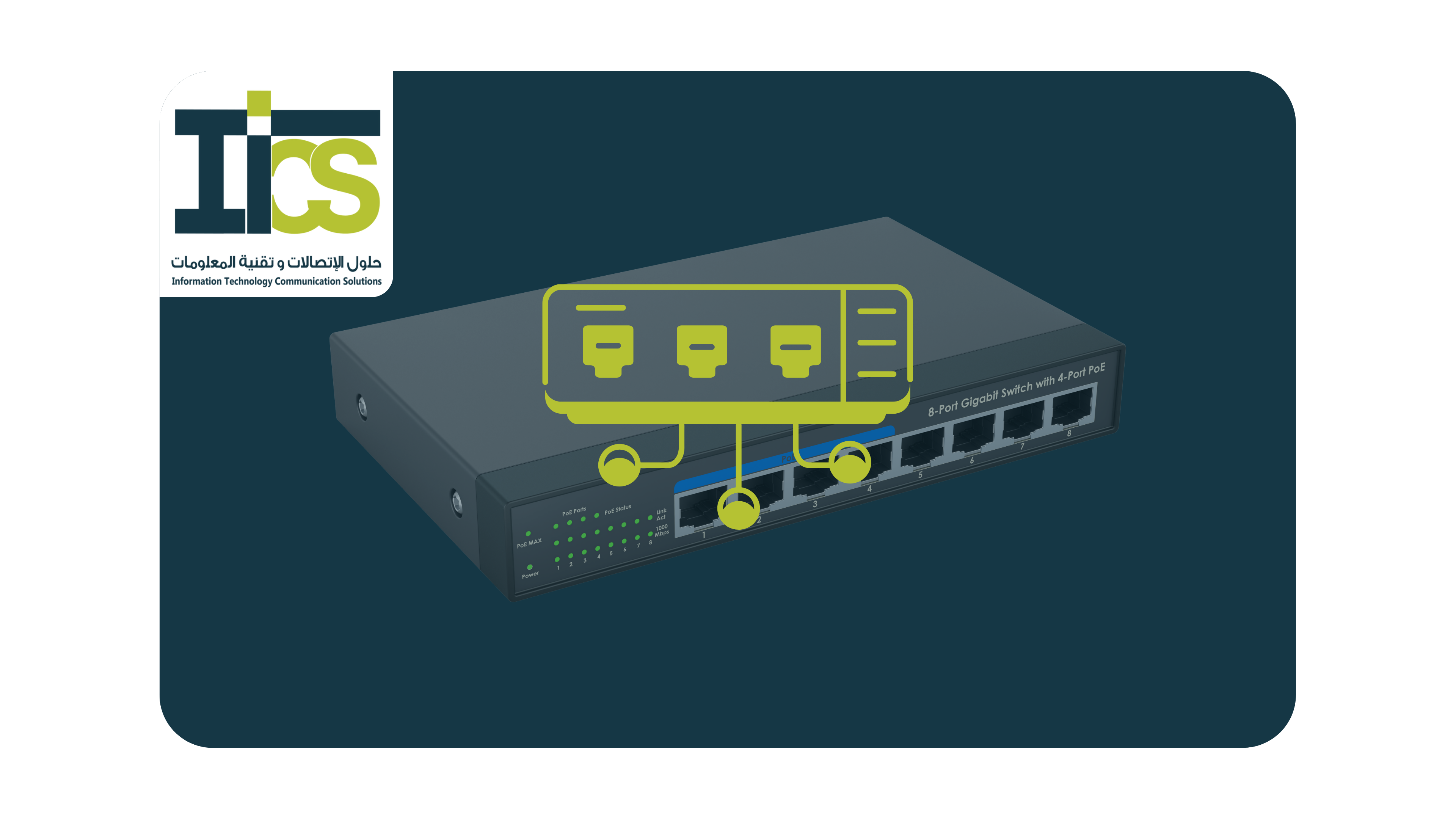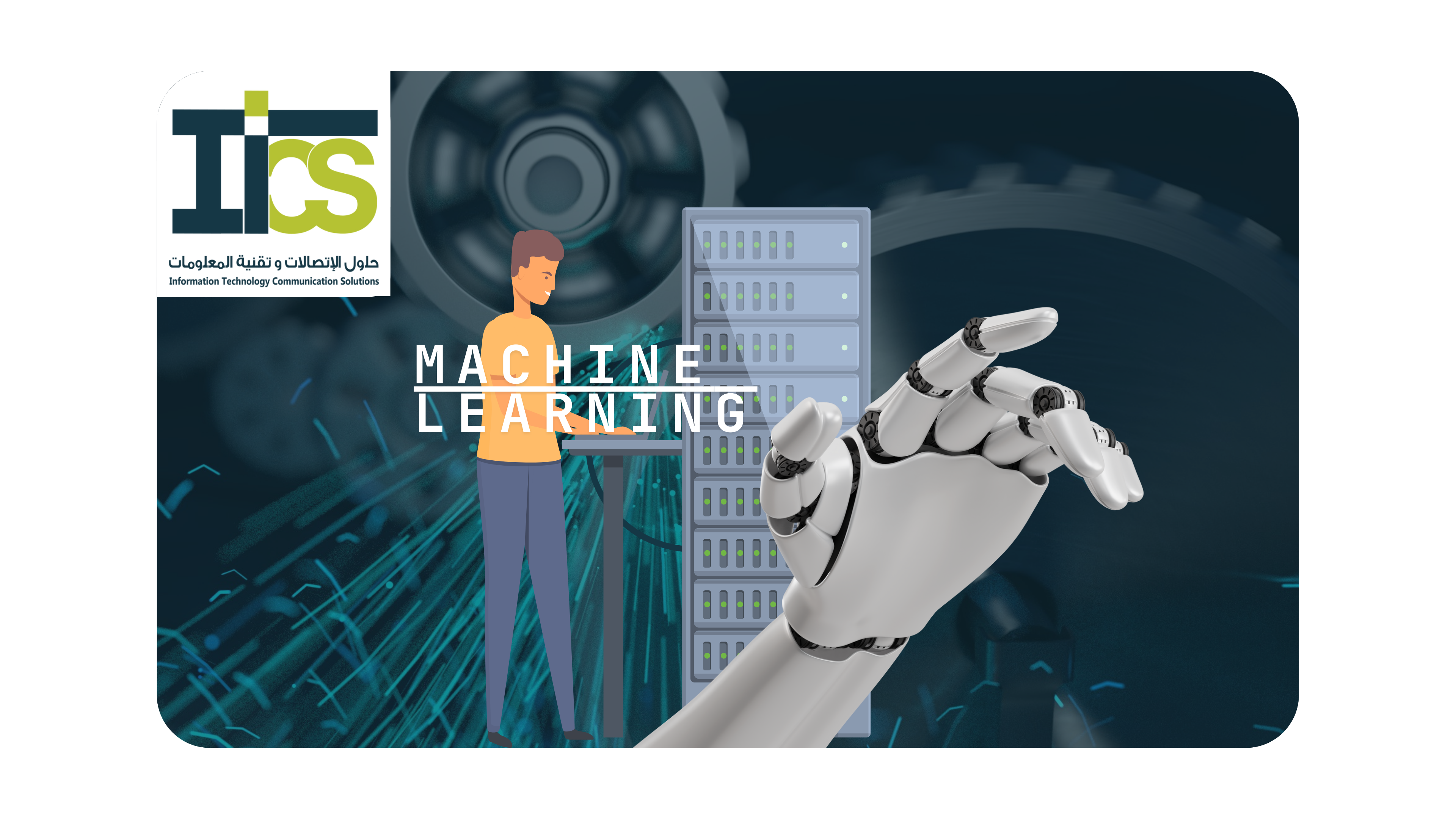Why Edge Computing Matters in 2025
Edge computing is transforming industries by enabling faster, smarter, and more secure data processing at the source. Discover why in 2025, edge technology is essential for business success.

As digital transformation accelerates across industries, the demand for faster, more secure, and efficient data processing is at an all-time high. In 2025, edge computing stands out as a foundational technology enabling everything from smart cities and autonomous vehicles to real-time industrial automation and AI applications.
Edge computing isn’t replacing the cloud—it complements it by bringing computational power closer to where data is created, enabling faster decisions and reducing the burden on central servers.
What Is Edge Computing?
Edge computing is a decentralized model of computing where data is collected, analyzed, and processed at the “edge” of the network—near or at the source of data generation—rather than being sent to a central data center or cloud platform.
This is especially important for time-sensitive or mission-critical applications that cannot tolerate the delay of roundtrip data processing.
The Importance of Edge Computing in 2025
1. Ultra-Low Latency for Critical Applications
Applications like real-time video analytics, remote surgeries, augmented reality (AR), and self-driving cars require decisions in milliseconds. Edge computing eliminates delays by processing data locally.
2. Massive IoT Expansion
With over 30 billion connected IoT devices expected globally by 2025, edge computing becomes the only practical solution to handle the enormous amount of data generated by smart homes, wearables, sensors, and industrial devices.
3. Enhanced Cybersecurity and Privacy
Edge computing allows for local data processing, which reduces the exposure of sensitive information to external threats. It also supports regulatory compliance (like GDPR or local Saudi data laws) by keeping data within specific geographical boundaries.
4. Improved Network Efficiency
Instead of sending raw data to the cloud, only valuable insights or aggregated results are transmitted. This reduces network congestion and cloud storage costs significantly.
5. Support for AI and Machine Learning at the Edge
AI models are increasingly being deployed at the edge, enabling real-time predictions without the need for a constant internet connection—useful in industries like oil and gas, healthcare, and logistics.
Real-World Examples
- Smart Surveillance Systems: CCTV cameras with edge processors can detect unusual behavior and trigger alarms instantly, without waiting for cloud analysis.
- Retail Stores: Edge devices can track customer movement, analyze foot traffic, and optimize product placement in real time.
- Industrial Automation: In factories, edge-enabled sensors can detect equipment failure instantly, avoiding costly downtime.
- Smart Cities: Traffic lights can adjust based on real-time traffic data, managed through local edge nodes.
Conclusion: A Strategic Advantage
For businesses in Saudi Arabia and beyond, investing in edge computing solutions means staying competitive, reducing operational risks, and delivering faster, smarter services. As IT infrastructure becomes more distributed, edge computing is no longer optional—it’s essential.







No approved comments yet. Be the first to comment!